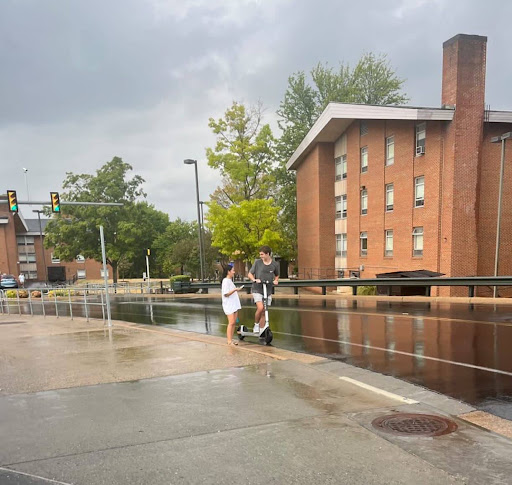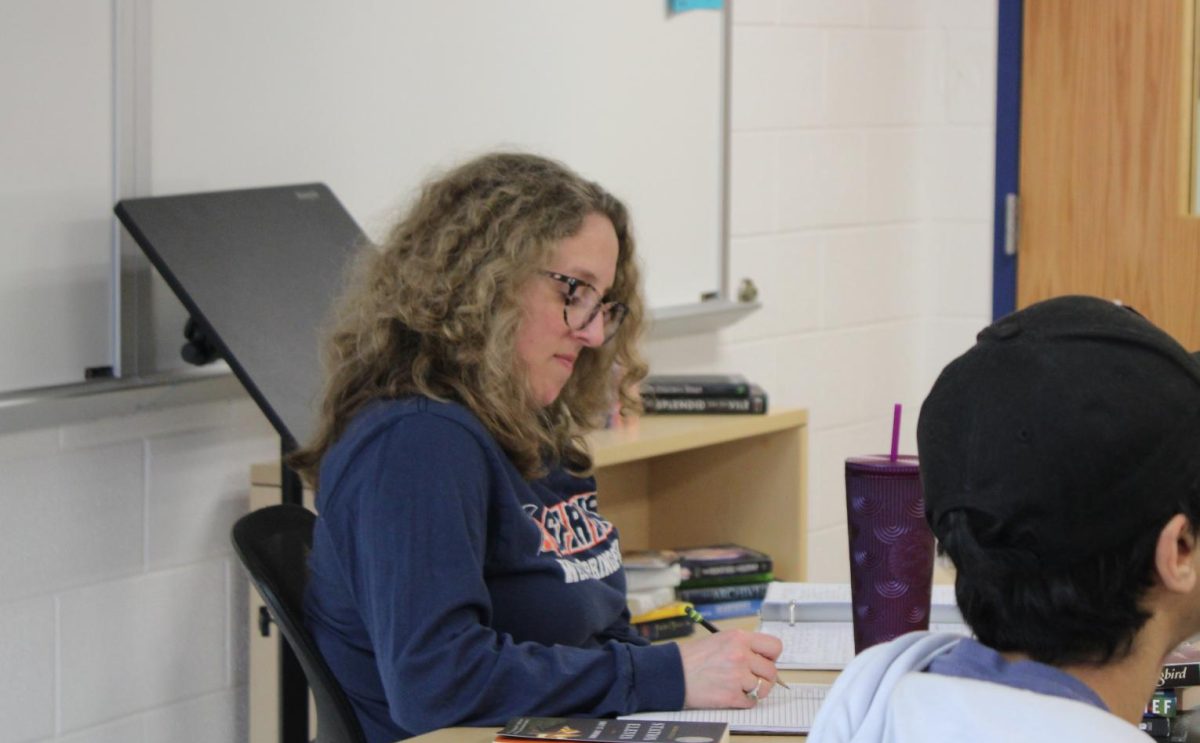The best way to learn a foreign language is to be immersed in the culture, which is exactly how junior Greg Steffensen is spending this school year.
For the next year, Steffensen is staying in Japan to study. Steffensen lives with a monk and his family in a Buddhist temple located in Ichinomiya, a small city in Aichi prefecture. Learning as much about Japanese language and culture is the purpose of studying abroad, Steffensen and his peers spend all day every day learning something new.
“The Japanese language is easy to learn, but will destroy you to master,” said Steffensen.
School for Steffensen and the other 25 students studying abroad begins at 9 a.m. and ends at 3:45. The focus is put on learning as much about the Japanese language and culture as possible. English is the first class of the day, instead of reading books like The Narrative of the Life of Frederick Douglass, students read Japanese classics translated into English.
“Speaking Japanese isn’t too hard; it’s the reading part that gets tough,” said Steffensen.
History class is also primarily focused on Japanese history, going back as far as 10,000 years. After Japanese history is pre-calculus and then lunch. For three days of the week students get bento boxes for lunch which are single-portion takeout meals. A traditional bento consists of rice, fish or meat, and more pickled or cooked vegetables.
While American school lunches tend to be less like meals and more like a variety of unhealthy snacks, whereas the bento that Japanese students get is more healthy and nutritious. During the other two days students do not receive bento boxes but are given 500 yen, roughly $5, and allowed to leave campus in search of fast food instead.
Fast food in Japan is very different from fast food in America. American fast food typically features cheap, poor quality foods mostly made up of meat. In Japan, there is a wider variety of fast food places ranging from an udon noodle restaurant called Nauko that takes your order with a vending machine up front to Mos Burger, a restaurant similar to McDonald’s.
After lunch is over, the students return to class for two straight periods of Japanese study. These two periods are intensive and really help the student studying abroad to focus on learning Japanese.
“Two periods of Japanese can get exhausting,”said Steffensen.
After school, Steffenssen and the other students hang around town and relax.
“Homework loads are pretty low, so chilling around is the top priority,” said Steffensen.
The entire experience is not just about school. Steffenson will get a glimpse of a new and different culture, something that most American students never get a chance to do.
“Japan’s been wonderful so far, and I still have nine months,” said Steffensen.






